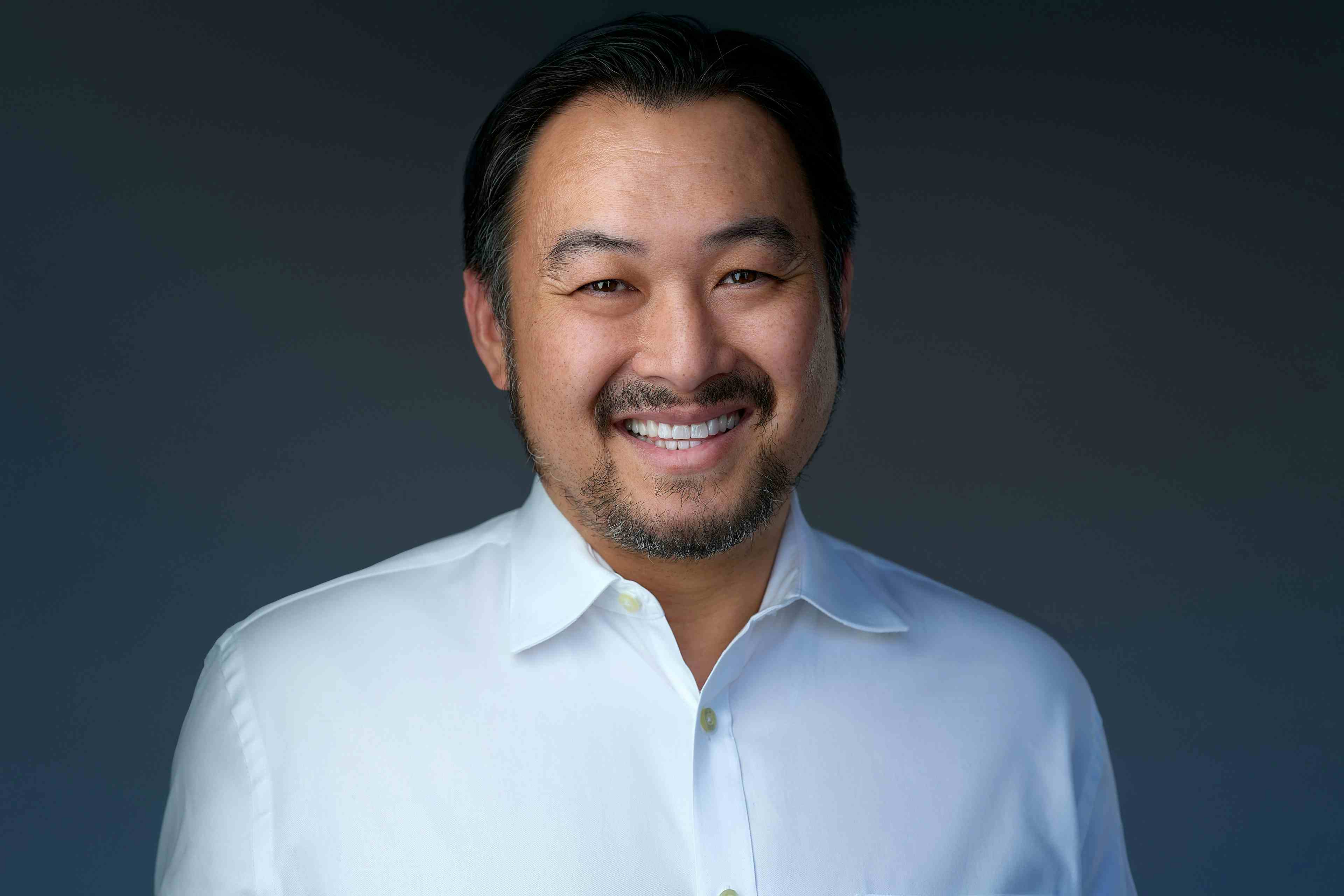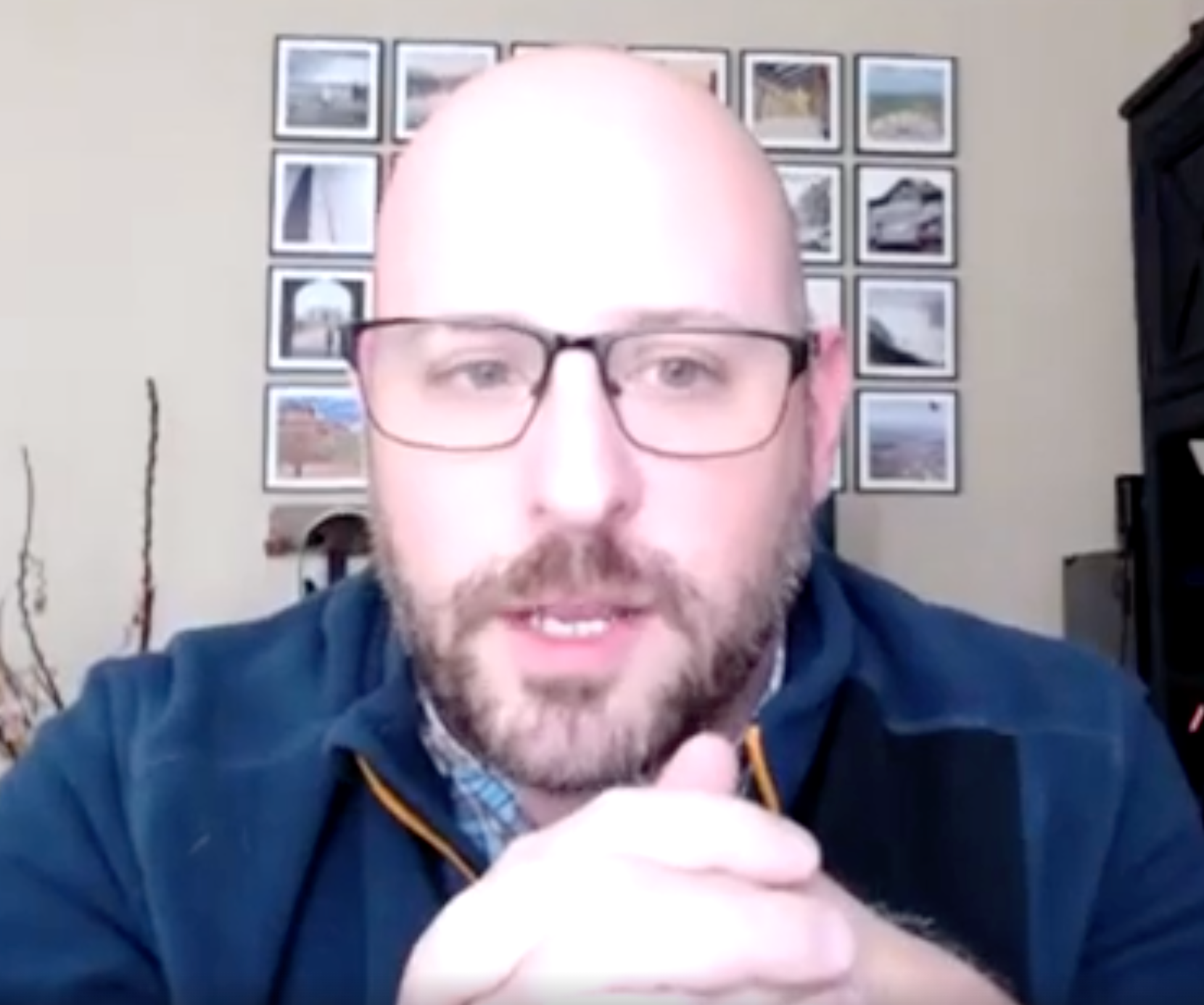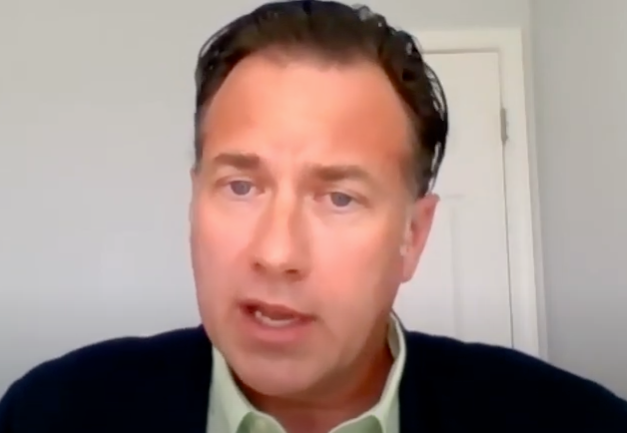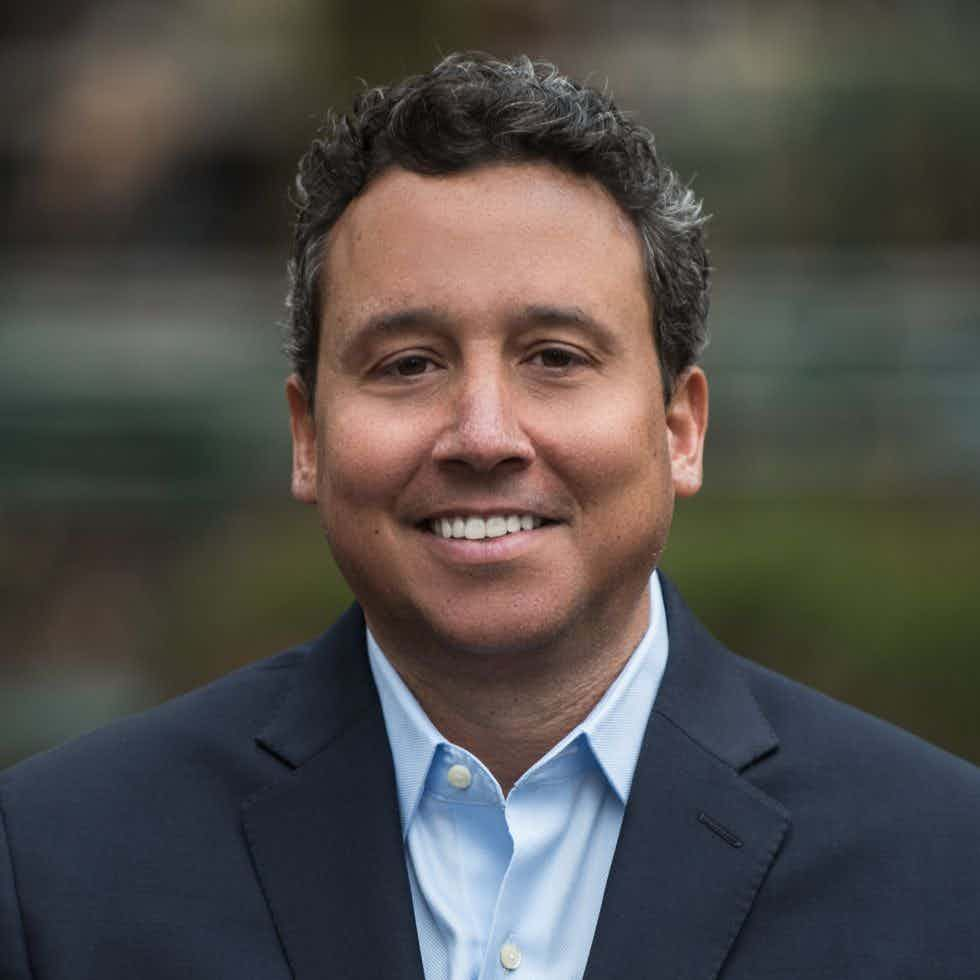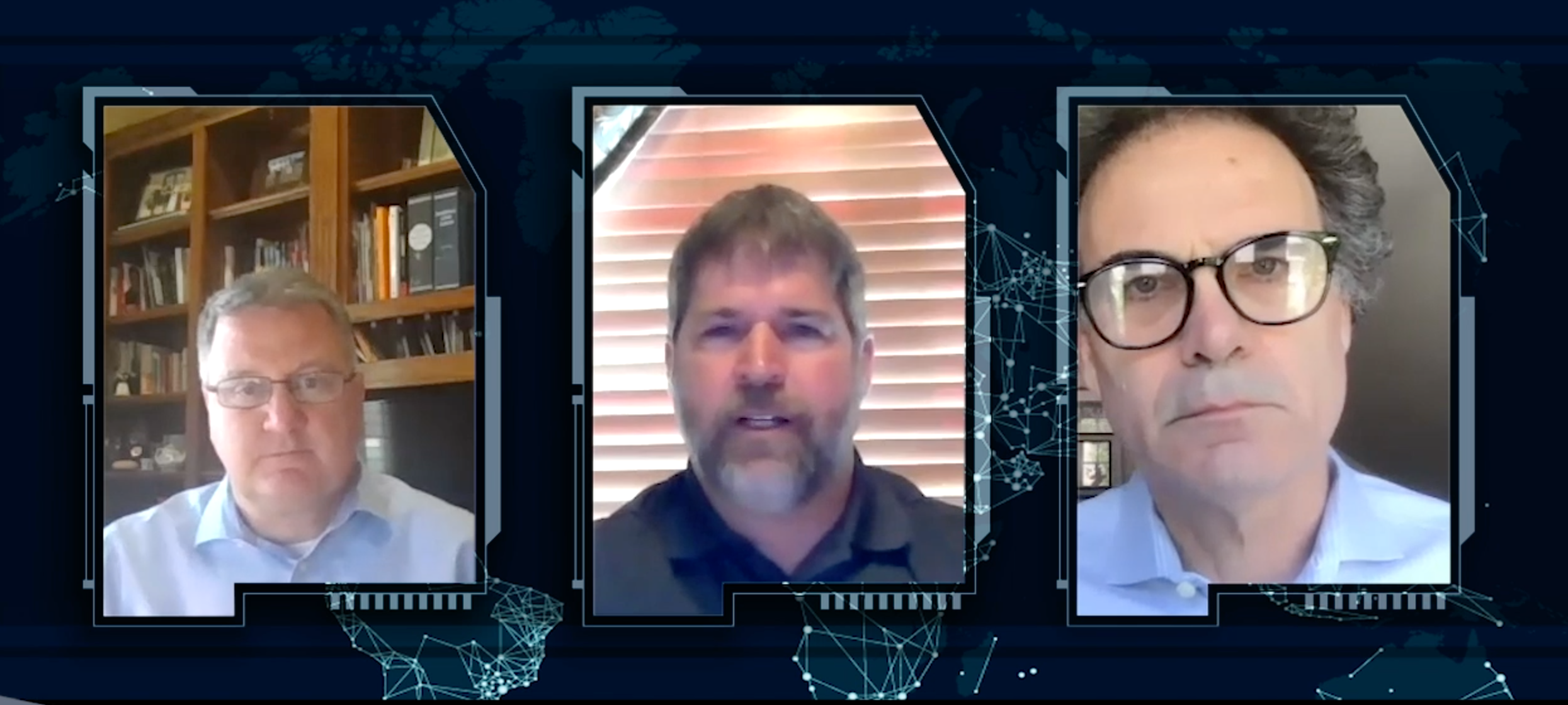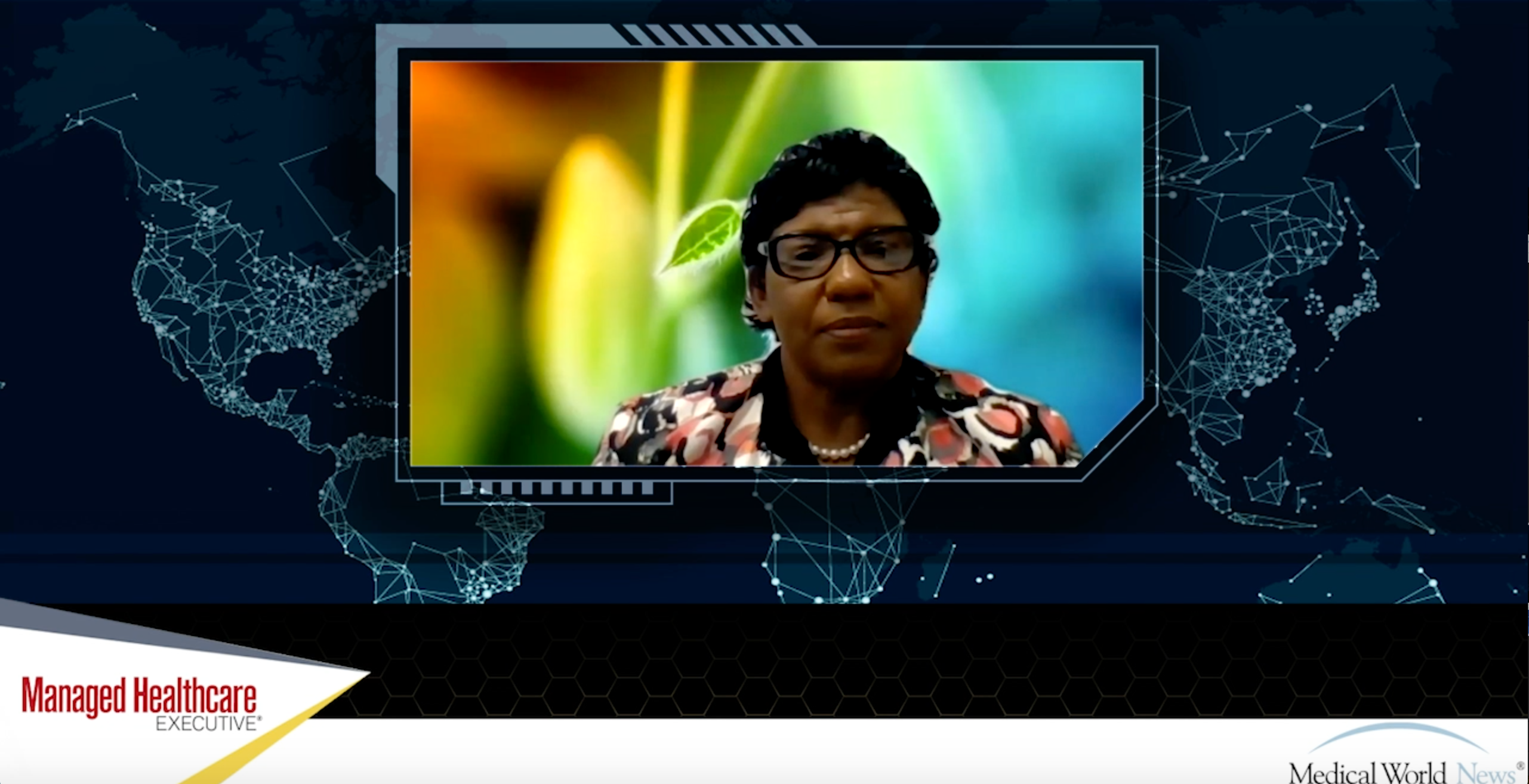3 Ways to Make Healthcare More Innovative
Innovation doesn’t happen by accident-here’s how healthcare organizations around the country are bringing their operations and technologies into the future.

The healthcare industry thrives on innovation. Creative ideas, new programs, or interesting technological advancements that can generate value and make things easier for patients are the lifeblood of any healthcare organization.
Innovation encompasses how people act, think, and engage within and across organizations. It involves out-of-the-box thinking, taking risks, learning from failures, and making investments in ideas, people, and culture.
Poonam Alaigh, MD, executive vice president of corporate development business at Remedy Partners, Inc., a Connecticut-based organization that has developed a virtual network of providers involved in BPCI, says innovation is a philosophical belief that is cultivated at the leadership level and then diffused across the institution.
“Innovation requires leaders to be actively envisioning a new future,” she says. “This is a key competency in leading any health sector because envisioning something new requires innovative approaches to creating building blocks for cross sector collaborative solutions-something that is critical for rapid advancements.”
Scott D. Hayworth, MD, president and CEO of CareMount Medical, PC, one of the largest multispecialty medical groups in New York, says innovation has always been of upmost importance to the organization, and trying new things is the reason it has grown to 650,000 active patients, 500 doctors, and 650 providers overall.
Related article: Four Ways to Spur Innovation at Your Managed Care Organization
“We have always been a cutting-edge organization. We adopted a lot of technologies before a lot of other groups in the country and always try to stay ahead of the curve,” he says. “We were the first group in country to have electronic medical records, installing them in 1995. We also were one of the first to become a Next Generation ACO for Medicare patients, which represents a significant step along the risk continuum as we continue to focus our strategic model on the shift from volume to value.”
Steve Betts, senior vice president and chief information officer of Health Care Service Corp. (HCSC), a health plan that serves Illinois, Montana, New Mexico, Oklahoma, and Texas, says innovation to its company means making it easier for members to access the information and resources they need to make decisions about their healthcare and be at their best.
“This member-centric focus is what drives our inspiration to think and work differently across the organization,” he says. “We are also constantly working to ensure our employees are ready to address the challenges and opportunities of tomorrow, so we created programs like ‘Explore,’ which allows them to experiment with emerging technologies such as artificial intelligence and blockchain.”
Additionally, HCSC holds regular hackathons, which bring employees together to tackle a specific challenge, such as increasing member utilization of behavioral health resources or taking advantage of employer wellness programs.
Carla Balch, CEO of TransMed Systems, a clinical trial software company for hospitals and life sciences under the umbrella of Flatiron Health, says when considering innovation, two things that are key (but often overlooked) are establishing why you want to innovate in the first place, and then tackling areas of innovation in a very focused manner-one pain point at a time.
“It’s important to ask where the current system is falling short of a vision and how you can make a meaningful difference,” she says. “Innovation causes conflict and requires an awful lot energy. You can’t sustain it by trying to work on too many problems, nor problems in which the outcome of your work won’t make a noticeable difference on what patients need most.”
Investment decisions
Innovation takes time and money, and it’s important to have a savvy strategy in place that can choose the best ideas to run with.
“When determining which ideas to develop, we move forward with the ideas that have the best potential to improve the quality and affordability of care for our members,” Betts says. “We also screen the ideas for business and technical viability. Each idea is allocated a specific dollar amount.”
Any organization that tells you they never made a mistake is not being honest, Hayworth notes, admitting that some ideas for innovation fail or don’t work out the way originally hoped.
“We look at things as teams and weigh all ideas,” Hayworth says. “When someone comes to demo something, we have at least three people in the room so we can discuss what we liked and didn’t like about an idea. Making a decision on your own is tough for anyone, and I like to get feedback before deciding to invest in something.”
Harris County Public Health (HCPH), a nationally recognized $100 million agency serving the nation’s third-largest county, is the only health department in the country that has an ongoing agreement with Microsoft Research for mosquito borne diseases, uses VR to talk about exercise and mental health, and prides itself on innovation to improve.
“Innovation, equity, and engagement are the three core principle values at HCPH and guide our work,” says Umair Shah, MD, executive director of HCPH. “Since there isn’t a large financial investment in public health, HCPH has had to become innovate on how we meet the health demands of a growing, diverse population with limited resources.”
Related article: Top 5 Healthcare Technologies of the Future
To do this, HCPS has enacted a sort of think tank called Lead 360, made up of individuals from across every area of the health department and all executive leaders, which meets quarterly and identifies a core problem, proposes solutions, and then lays out a plan on implementation.
“With the exception of leadership, every year a new cohort is introduced and is tasked to solve another identified problem,” Shah says. “This group allows for us to take time out from the ‘every day’ to allow innovation to flourish and lets a wide group of perspectives to come to the table. Because our finance team is at the table, they can help guide decisions on investments to innovate concepts.”
From pilot to launch
Many innovative models start out with a pilot phase, where you create the workflow, test its user acceptance, assess the scalability, and analyze the financial feasibility. All these elements are critical decision points on whether to move forward or not.
“Quick, short pilots with specific end points and metrics that prepare for a path forward before a wide-scale deployment is generally a good practice,” Alaigh says. “However, there are some instances where there is an urgent market need, and you go straight to launching the innovation without the pilot phase.”
At HCSC, innovation takes a three-phased approach from developing the concept (identifying the problem they are trying to solve), creating a prototype and testing with the end users and launching a pilot in one of its markets.
“Across the company, we leverage design thinking by testing ideas with the actual users of that concept and iterating the design of a solution that resonates with them,” Betts says. “So, while the concept may come from a myriad of channels, we bring our users in at every stage to pressure test if we’re still solving the right problem.”
This often takes the form of focus groups, where the organization can present one version and determine whether this concept is meeting a critical need, which features work well or need additional design, and ensuring it’s still aligned to its business objectives.
“Once the design is in place, we identify an appropriate market and population size based on who the product is intended to serve and launch a pilot,” Betts says. “Based on the pilot results, the product may then be brought to market in one or more of our five health plan states.”
Once Hayworth decides to go forward with something for CareMount Medical, it is put through a demo process in one location, and if it works as intended and all the kinks are worked out, that innovation will be added to the other locations.
“Choosing a site is important because there could be some places it’s not a fit for and it may fail, though it would have been successful at 95% of the organization,” he says. “The timeline for each project is different. We look for feedback from physicians, patients, and the front-desk staff, but if patients don’t like it, we will tweak it or won’t go forward with it.”
Related article: Five Tips to Build a Better Culture
For example, when the group demoed a new online scheduling program, it found it had some issues that needed tweaking and things it didn’t think about at first. The No. 1 reason patients weren’t happy with it was because of an extra step: if they went to book an appointment with their provider and learned that the provider was booked in the period of time they needed, the patient had to go back to the main page and start again rather than just seeing a list of providers who were available. That was changed and the program was instituted.
Shah says all ideas come from an aspirational goal, envisioning the future state based on a deep understanding of the current state, with both its strengths and weaknesses.
“Ideas that are generated from the ground up generally result from a basic unmet need,” he says. “Being able to bridge these ideas and create an innovation using ongoing feedback and input is crucial. We test the market as we are building a feasibility model, to ensure our innovation is offering a practical solution that is both easily implementable and adoptable.”
Innovation in action
HCSC recently created an in-house incubator to better propel ideas within the organization and identify, test, and accelerate new products. The team is made up of technology and data professionals, user experience researchers, designers, and developers who use design thinking to solve industry and consumer challenges, such as finding a convenient in-network hospital by using a smartphone app in an emergency situation or more effectively managing chronic conditions.
“One of the recent product offerings we are most proud of is Health Advocacy Solutions, which provides members a personal health advocate to help them better manage their care,” Betts says. “Health advocates can connect members to clinicians, pharmacists, and benefit experts so they can make informed decisions about the most appropriate sites of care and take advantage of incentive programs like Member Rewards.”
For example, if a member calls in to ask about replacing their ID card, in addition to simply providing a new card, the multidisciplinary team of clinicians, pharmacists, and benefits experts may use an advanced interface to see that flu rates are also rising in the area and direct them to the best place for their flu shot. So far, HCSC has received a 93% rate of engagement among members with high-cost conditions that benefit from the counsel of health advocates.
It’s also involved with several STEAM (Science, Technology, Engineering, the Arts, and Mathematics) initiatives to foster the next generation of talent, which help lead to innovation and new ways of thinking.
For instance, twice a year the company teams up with Lumity, a nonprofit organization that helps prepare young adults from underserved communities for careers in science, technology, engineering, and mathematics, to engage high school students in real-world experiences.
A new innovation at Remedy Partners is working to create solutions to enable structural payment reform by shifting fee for service to episode-based payment models.
“This will finally allow us to align incentives and create organic and sustainable change,” Alaigh says. “Physicians and patients together will be at the helm of navigating the care based on patient experiences, personal values and clinical outcomes. It is for nimble and agile companies to catalyze and accelerate the momentum in value-based care and ensure the highest quality and the financial solvency of our healthcare system.”
Alaigh notes innovation is hard work and every employee needs to be constantly cultivating, investing, walking, and talking innovation.
“This also means collaboration with others and often times with competitors-joining forces and combining brain trust,” she says. “The full potential of a company, even with the best products and services, can only be realized with the right leadership and culture that its employees foster.”
An innovative idea of CareMount Medical’s Hayworth was to take part in a CEO swap with Ed Brown, CEO of The Iowa Clinic in West Des Moines, Iowa.
“It opened my eyes on how other people are doing things and it was a really strong data exchange,” he says. “Not every innovative idea is something physical or tech-driven. I have worked with a lot of different hospital groups and sometimes the best ideas are just ones that let you understand a new perspective.”
Keith Loria is an award-winning journalist who has been writing for major newspapers and magazines for close to 20 years.
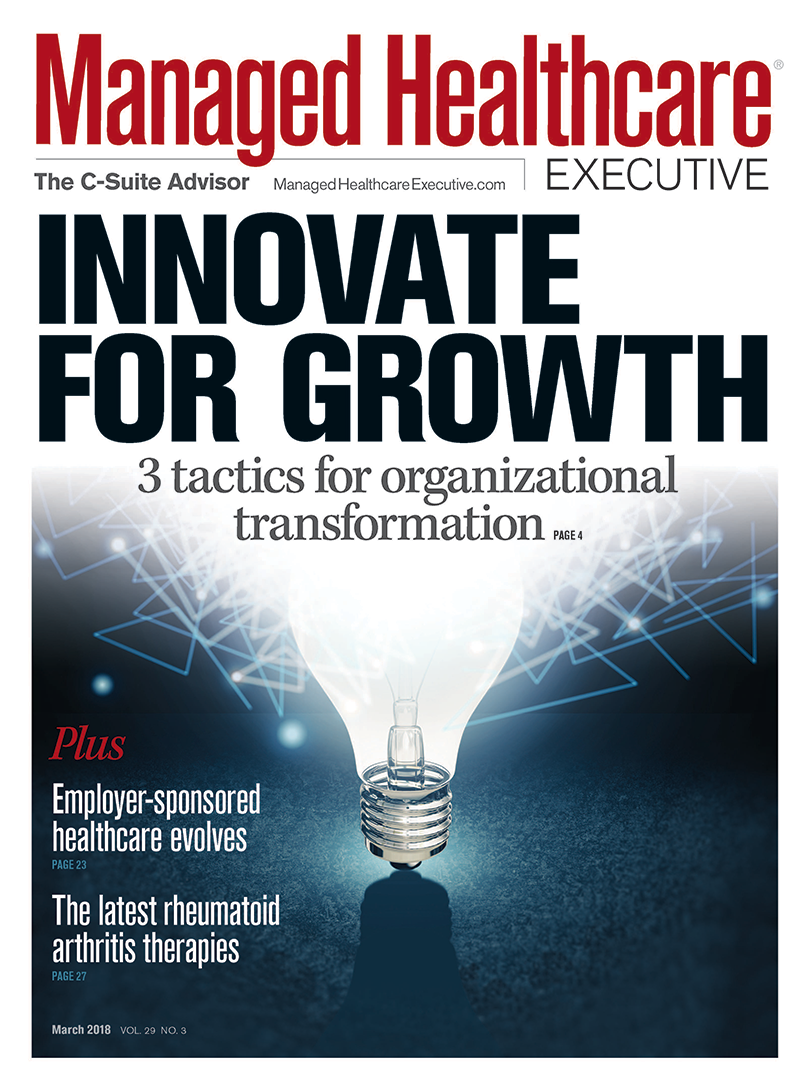
In the Scope of Virtual Health and the Future of “Website” Manner, Per Ateev Mehrotra
August 10th 2023Briana Contreras, an editor of Managed Healthcare Executive, had the pleasure of catching up with MHE Editorial Advisory Board Member, Ateev Mehrotra, MD, MPH, who is a professor of healthcare policy at Harvard Medical School and an Associate Professor of Medicine and Hospitalist at Beth Israel Deaconess Medical Center.
Listen

















